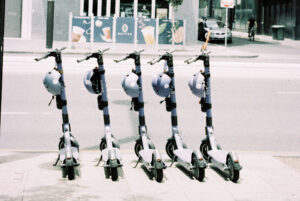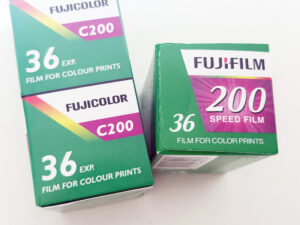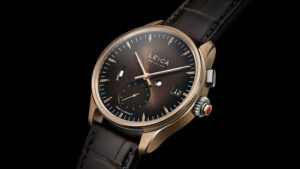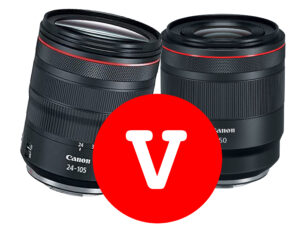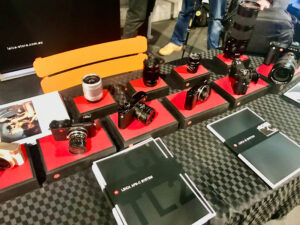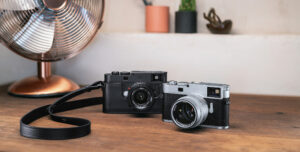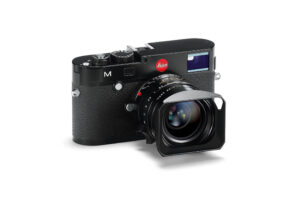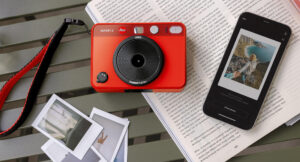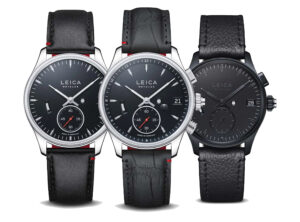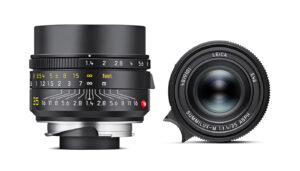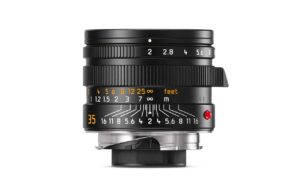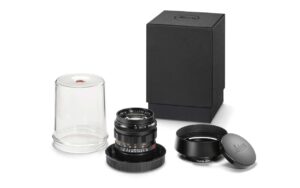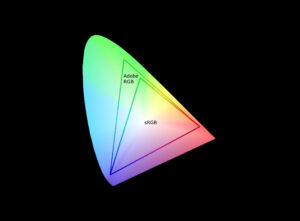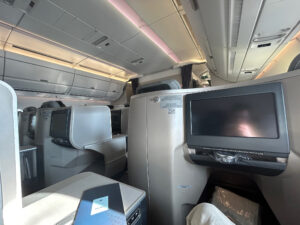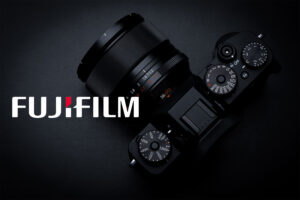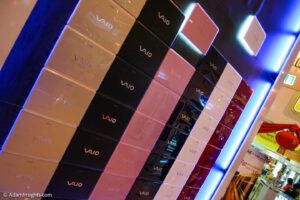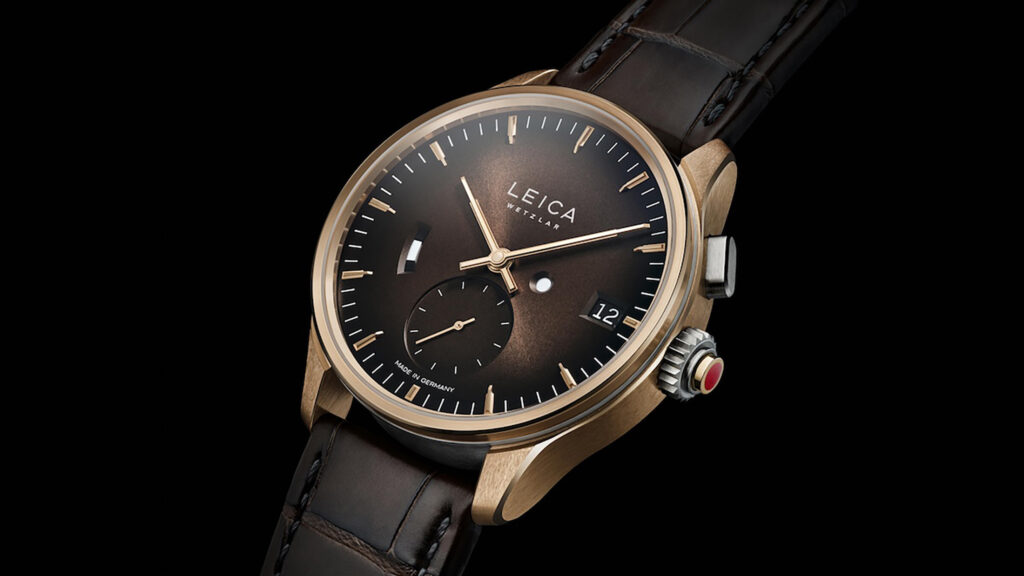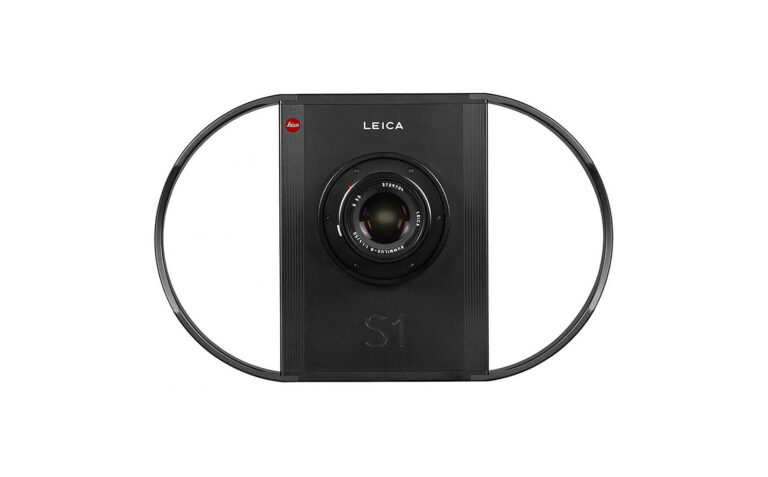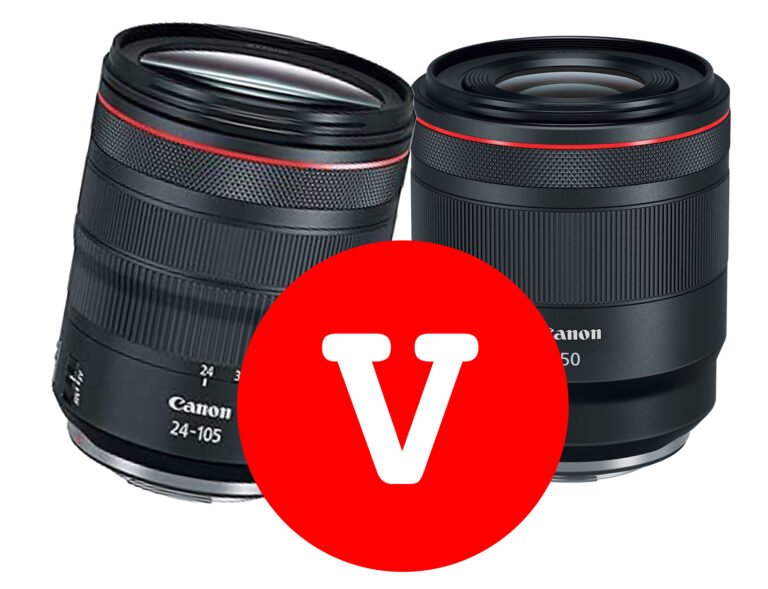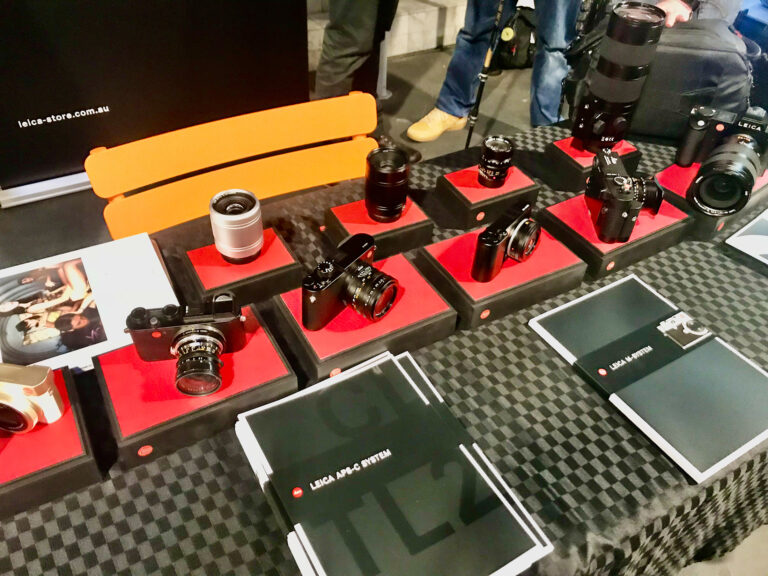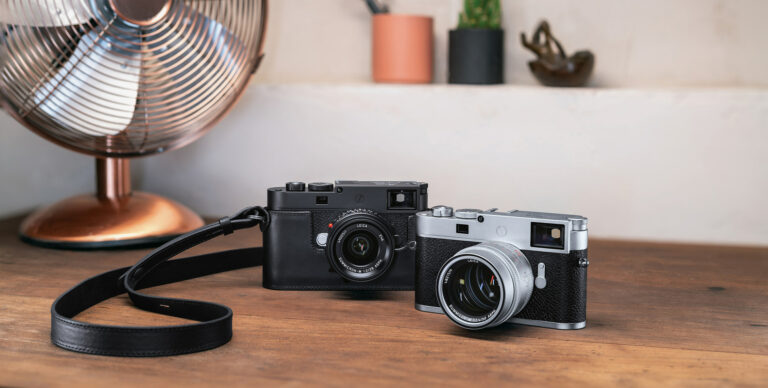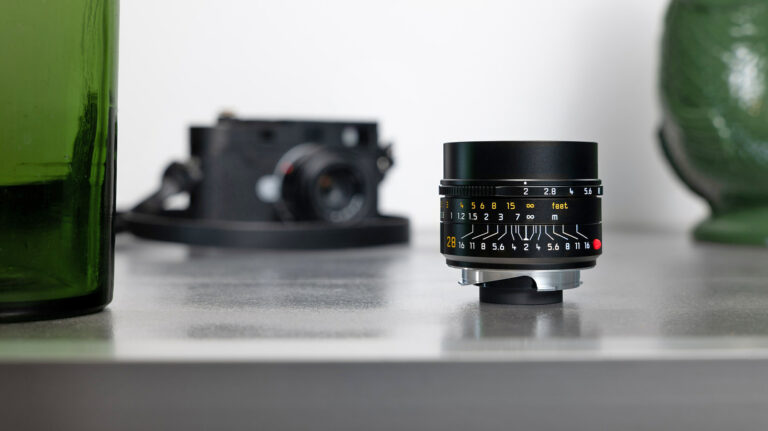Leica M Rangefinders
The original Mirrorless system
I got into Leica because I was frustrated with the way other camera manufacturers were changing their systems so often. I saw the change from DSLR to Mirrorless happening, and decided I didn’t want to re buy all my lenses again. Sure you can use adapters but who really wants to do that? So I changed to Leica, because their excellent lens system hasn’t changed since the 1950s.
Leica cameras are tough. No doubt about it. And the lenses are strong too. There is nothing that can go wrong with a Leica lens. No electronics. No stabilised elements that can get stuck at a bad angle.
The Leica M forces you to become a better photographer. It is so simple yet versatile. The best part of using a Leica is the frame-line system. I can frame up, and reframe and still see what is in and out of my picture. No other viewfinder system does that. Gives me so much versatility.
Leica M Lenses
Leica lenses have a certain look to them. I truly believe they are the sharpest around, but it is also the natural, but strangely surreal look they have. They are simply the best when it comes to handing natural light.
It doesn’t matter how much technology that other camera manufacturers have: They will never be able to beat Leica. Because with a Leica photograph, there is something uniquely real about it. Something human. Because it is 100% over to the human photographer to setup the camera and take the image. No assists. Full manual exposure, and focus there.
Leica’s latest exploration into the world of luxury timepieces, the ZM 1 Gold Limited Edition is a watch that stands as a symbol of the pinnacle of horological excellence, embodying not just a remarkable feat in watchmaking but also serving as a glorious tribute to Leica’s legendary heritage in craftsmanship...
Lets talk about the Leica S1, a forgotten gem in digital camera history. Leica is a brand synonymous with the iconic 35mm handheld photography, has been a trailblazer in the photography world. Yet, amidst critiques of lagging in the digital realm, many overlook a pivotal chapter in Leica’s legacy: the...
When you embark on the journey of photography, the significance of lenses becomes undeniably clear. Your lens is the eye through which your camera sees the world, and whether you choose a prime lens or a zoom lens can dramatically impact your photographic results. This comprehensive guide will delve into...
Hey fellow photography enthusiasts of Adelaide! I’m bursting with excitement and I just have to share why – the Adelaide Camera Expo (ACE) is coming back and it’s shaping up to be the highlight of our photographic calendars in SA. Clear your plans for Sunday, November 26th, 2023, because that’s...
I made a few predictions about the new Leica M11-P, but I never thought of it’s key feature, or until now, how important it really is: the Leica M11-P has Content Authenticity Initiative (CAI) and the C2PA standard. It is, the world’s first camera with Content Credentials. In an era...
In the annals of photographic history, few brands can rival the legacy that Leica has crafted. Their latest marvel, the 28mm Summicron-M lens, stands as a testament to this storied heritage and promises to reshape the benchmarks of optical precision. Diving Deep into the 28mm Summicron-M The 28mm focal length...
When is the Leica M with built in EVF (Electronic Viewfinder) coming? Leica, a brand synonymous with luxury, precision, and photographic heritage, may be on the precipice of a transformative evolution here. How to make a Leica M model with built-in digital focusing mechanism has been poking around at the...





